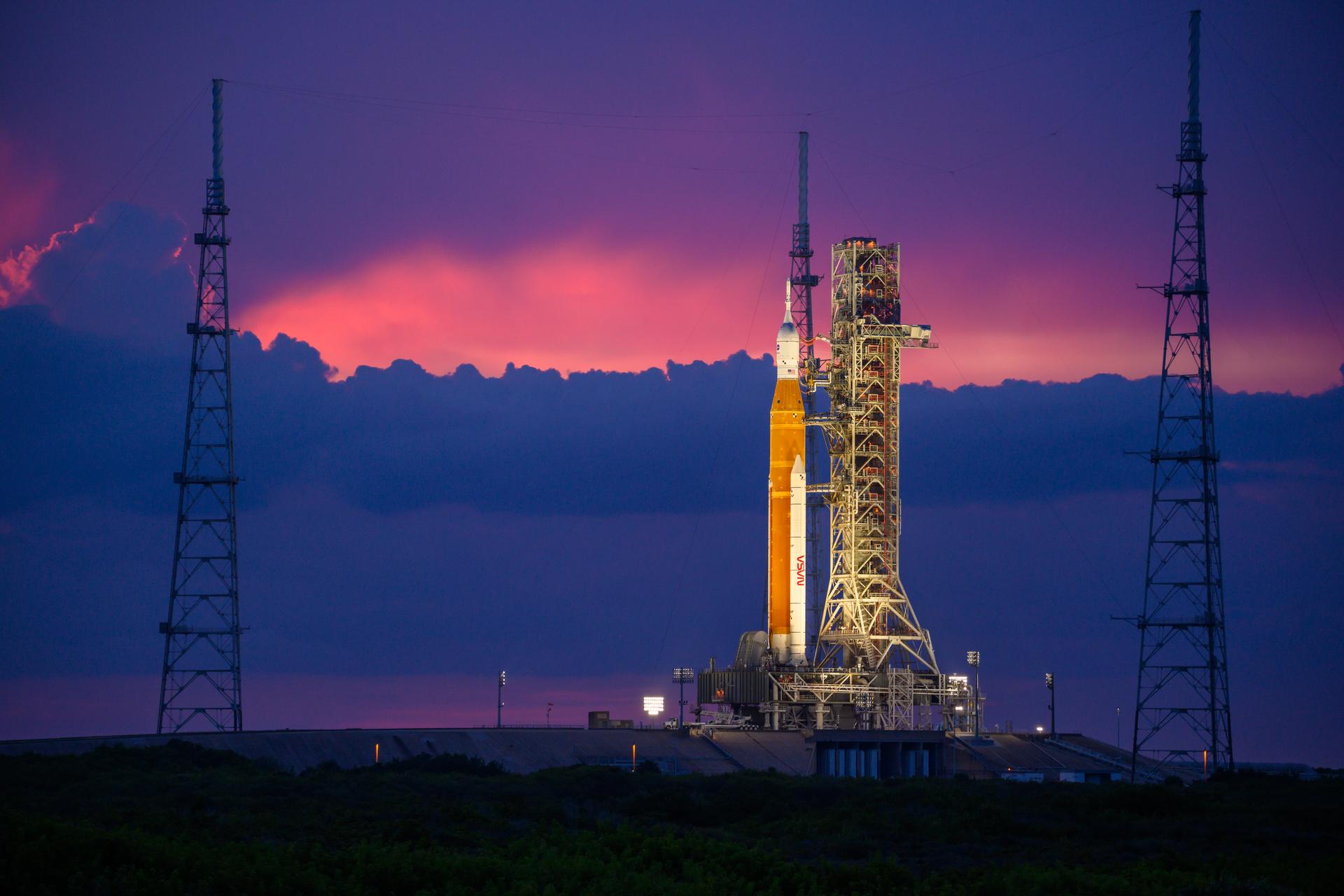
Audience
Educators
Grade Levels
Grades 5-8, Grades 9-12
Subject
Human Space Exploration, Mathematics, Present and Future
Type
Lesson Plans / Activities
This standards-aligned exercise helps students learn about the range of distances the Space Launch System (SLS) rocket can cover at travel speed.
With this exercise, students will:
- Calculate the minimum distance the SLS will travel at a given speed and time interval.
- Calculate the maximum distance the SLS will travel at a given speed and time interval.
- Write an inequality of the form x > a or x < b to represent the range of distances the SLS travels at a given speed and time interval.
Common Core: 6.EE.B.5, 6.EE.B.8, 6.RP.A.3
Launch Into Math – Exercise 4: Maximums, Minimums, and Inequalities



























